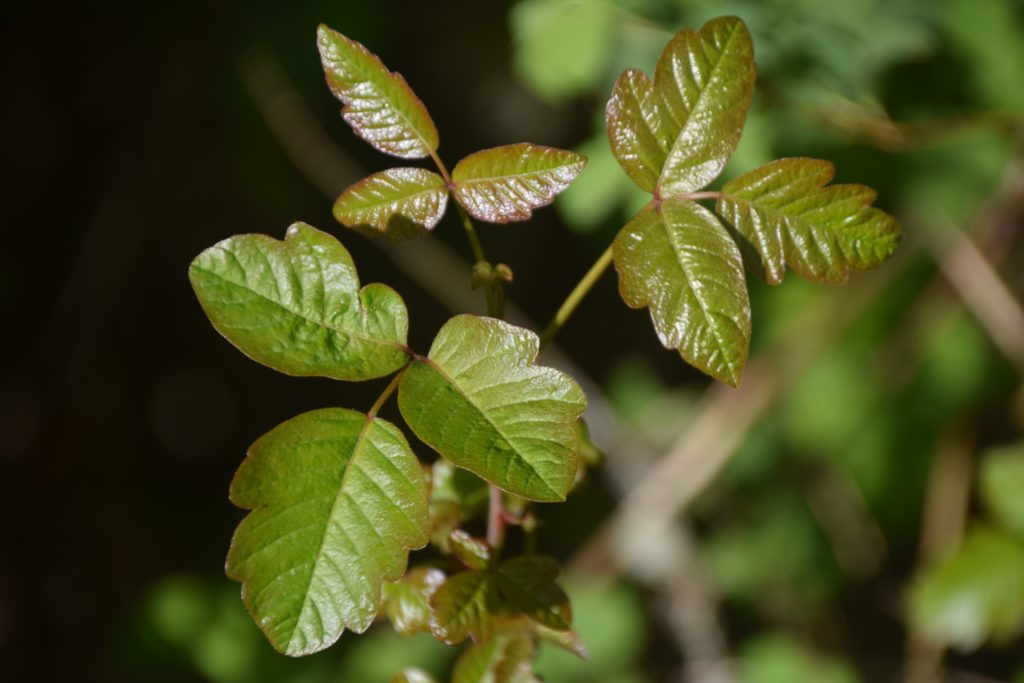Australia might have a well-established reputation for danger, but when it comes to poison plants, it is no different, especially in the summertime. Poison Ivy, oak, sumac… do not be fooled by seemingly harmless plants. There are more thousand a thousand plant species in the land down under, and some of them are poisonous. If you want a safe summertime for you and your family, here are some first aid facts you can use.
Poisonous Plants in Australia
Plant poisoning occurs when you ingest or come into contact with a poisonous plant or any substance from it. Poisoning may come from the plant itself or the fruits, leave, stems, roots, or berries. The most common poisonous plants in the summertime is poison ivy, oak, and sumac.
These plants are known for having a sticky, long-lasting oil called ‘urushiol.’ This oil can cause your skin to be itchy or develop a blistering rash after contact. Take note that even the slightest contact, such as brushing your skin up against the leaves, can leave the oil behind. Poison ivy and oak typically grow as vines or shrubs, while sumac is a shrub or tree.
Signs and Symptoms of Plant Poisoning
- Having an itchy red rash that appears within hours to 4 days after being in contact with the plant oil
- Blisters found in the affected area that oozes clear fluid
- Bumps and blisters in different sizes. These may look like streaks on the skin.
- A rash that may begin to look crusty as it undergoes the healing process.
First Aid for Poison Ivy, Oak, and Sumac
An itchy rash from poison ivy, oak, or sumac may be uncomfortable for many. The annoying bumps and blisters can become a bad memory that can last for a few weeks. Lucky for us, we’ve got plenty of choices to get relief.
People who have come in contact with poisonous plants should do the following first aid steps:
- Immediately rinse the skin with clean water, rubbing alcohol, or a specialised poison plant washer. If you prefer, you can also use degreasing soap (like dishwashing soap) or detergent and flush it with lots of water. Rinse it a few times to ensure that applied solutions do not dry the skin and spread the urushiol oil further. Do not forget to scrub under your nails with a brush.
- Apply wet compresses, calamine lotion, or hydrocortisone cream to the affected area. Using these medications may help the skin to reduce itching and blistering. When using these items, follow the directions on the packaging. Do not apply to exposed or broken skin, such as open blisters. Oatmeal baths are also recommended to relieve itching.
- Take antihistamines such as diphenhydramine (Benadryl) to help relieve symptoms. Follow the manufacturer’s suggestion on the package. If a small child also comes in contact with any item contaminated by urushiol, consult a pediatrician. They will help you determine the appropriate dosage for your child.
- In severe cases of plant poison or if the rash starts spreading on the face or genitals, seek immediate medical care.
When to Get Emergency Care
If you have a severe reaction to poison ivy, oak, or sumac, you should go to the emergency room right away. Some signs that you need medical help quickly are:
- Troubled, shallow breathing
- Difficulty swallowing
- Eyelid/s swells shut
- Rash on the face or genitals
- Skin itchiness all over the body, and nothing makes it feel better
- History of plant poisoning or severe reaction in the past
Think Prevention
To avoid uncomfortable effects, learn what poison ivy, oak sumac plants are and how they look. Make sure you know how to avoid them by wearing covered clothes and staying away. Thorough and frequent handwashing is also recommended after spending time outdoors.
Want to know how to apply first aid for poison ivy, oak, sumac this summer? If you are ready to fight off the effects of these common injuries during summer, enrol in a First Aid course with us.








